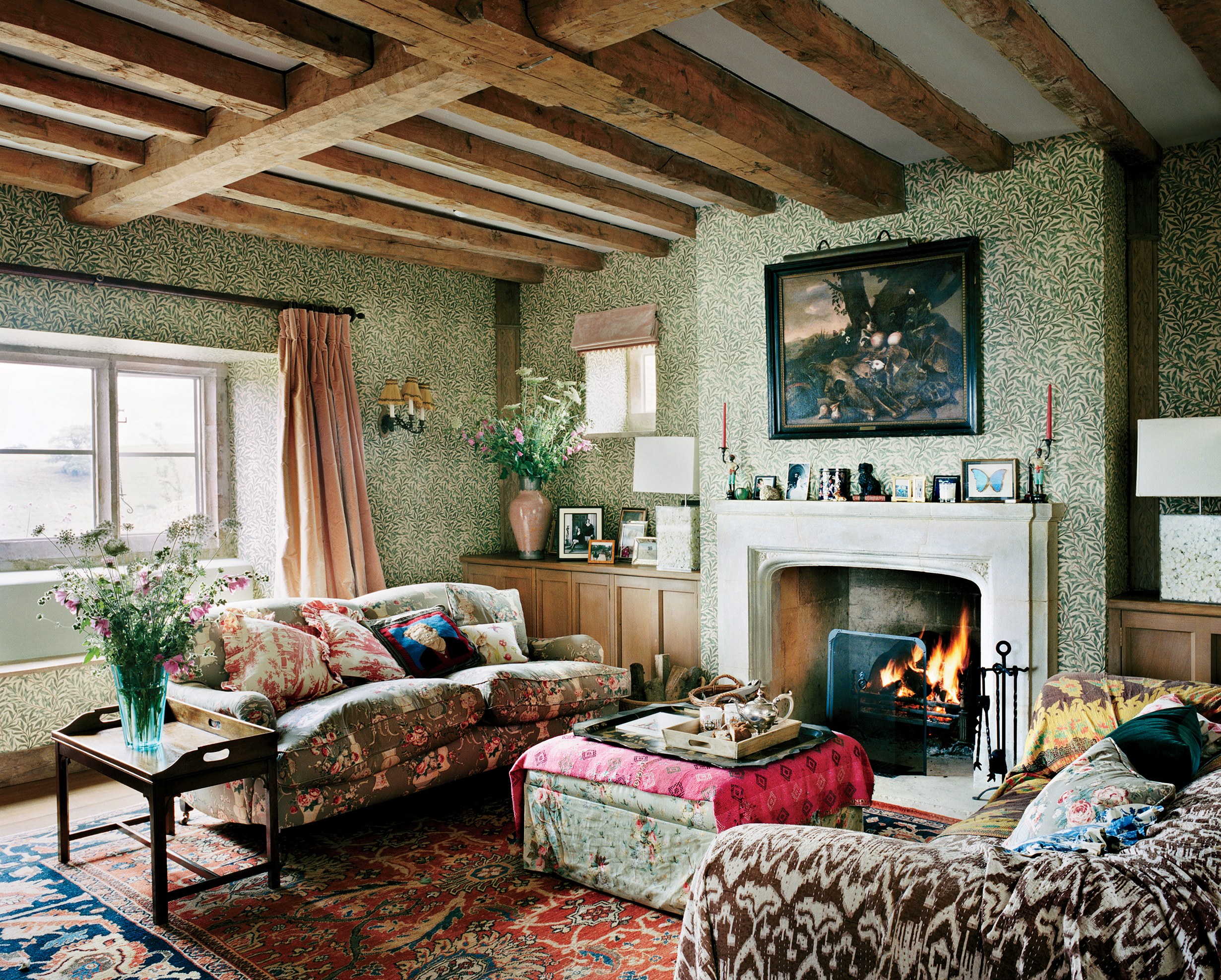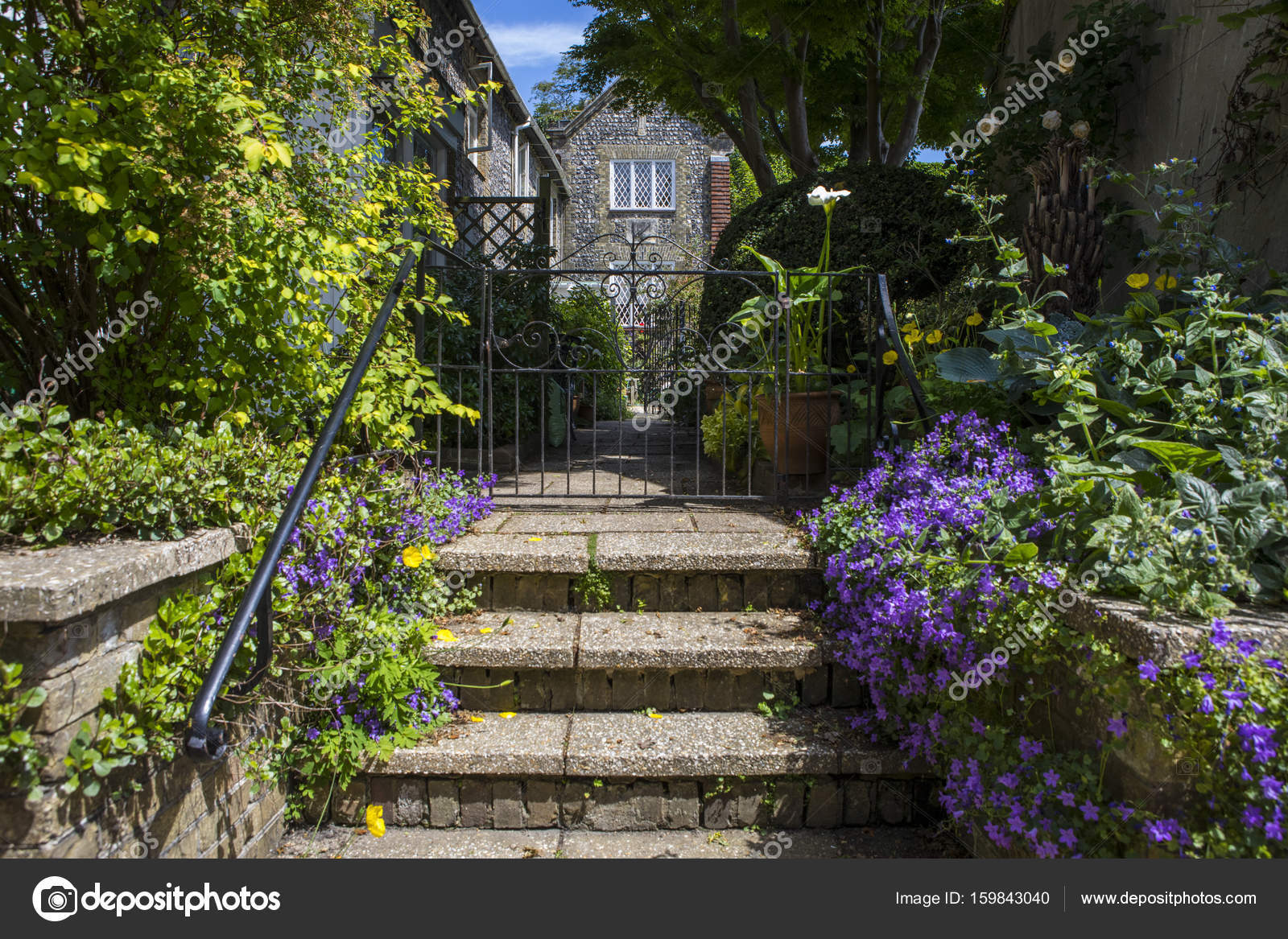Table Of Content

The gardens are extensive and are undergoing a programme of improvements headed by Andy Sturgeon, including a snowdrop walk planted with 300,000 snowdrop bulbs, and a pergola walk that will be covered in wisteria in years to come. Burghley House is a grand sixteenth-century manor house near Stamford, Lincolnshire. To us peasants it looks like a real castle but it is what is called an Elizabethan Prodigy House built by the Cecil family who still lives there.
Explore More Exclusive Features From AD PRO
Designer Mark Hermogeno paid tribute to Silver Queen Susanna Bransford Emery-Holmes in the kitchen, butler’s pantry, family room, powder room, and mudroom. “We had thought, What if she actually came back to life and asked us to remodel the space? “We wanted to concentrate on polished nickels and polished chromes to get that silver feel back in,” he says of the fixtures, hardware, and lighting by Kohler and Kallista. Hermogeno and designer Lynette Chin brought in a mix of vintage and new furnishings in the family room, incorporating performance fabrics for durability. “[We made] sure that it was a really usable room, that it didn’t just look nice,” Hermogeno says. Hand-painted floors were the jumping-off point for designer Amy Peltier’s soothing primary bedroom design.
Wrotham Park – Hertfordshire
Fans of the 2005 film adaptation of Pride & Prejudice will probably recognise Chatsworth House as Pemberley Estate. IRL, it serves as the seat of the Duke of Devonshire and home to the Cavendish family since 1549. There are also several historical figures who stayed here, including Queen Victoria, Charles Dickens, and Mary Queen of Scots. We don’t hike, camp or rough it mainly because I have mobility issues, and accessibility is important to me, but we do like to find interesting and beautiful places to hang out for a while. Some of the balls were filmed at Leigh Court these days Leigh Court is used as an incredible wedding venue, and special events and conference space. You can view Leigh Court from the outside but sadly it is reserved for corporate events and of course great British films.
Life in the English stately home
“People say that it’s a very big house, but it doesn’t feel big,” Couturier observes. Lyme Park is another English country manor that stood in as Pemberley in a different Pride and Prejudice adaptation. (Yep, the one with a scene of him emerging from the lake…) Apart from this, it’s also a fine example of an 18th-century Italianate palazzo, which saw its heyday during the Edwardian period. The estate itself is located within Peak District National Park, which is famous for its herds of red and fallow deer. Following the conversion of religious buildings, the expansion of English country homes came in the reign of Elizabeth I with the advent of the prodigy house.
Victorian Style
One such example includes the ninth Duke of Marlborough who needed to marry a rich American who could save his homes and most importantly the way of life to which he had become accustomed. Thus Consuelo Vanderbilt, a member of a prominent Dutch American family, became his wife. Firstly, the rise in taxation left homeowners with big financial burdens after decades of enjoying life with little tax to pay. This would have allowed them to employ ample staff at relatively small cost to them; with the rise in taxation, the purse strings of the elite were being tightened for the first time. Amongst England’s upper classes, the country home provided a setting for relaxation, a place to hunt, fish and shoot, as well as to entertain and throw dinner parties.
Wollaton Hall – Nottingham
Three English Towns Offering Affluent Country Home Buyers More Value for Their Money - Mansion Global
Three English Towns Offering Affluent Country Home Buyers More Value for Their Money.
Posted: Fri, 19 Jan 2024 08:00:00 GMT [source]
Apart from household staff, rural commoners could also opt to work on the land. Landowners made their money by charging people for staying on their land; once they had enough, landowners who could live independently on the income alone were considered members of the gentry. With its rich history of kings and nobility, the United Kingdom has plenty of ancestral homes and various types of it. Unlike countries where ancestral homes are simply places where generations of a certain family have lived, the UK has various types of ancestral homes.

Apart from reliving the show, make sure to check out the family’s collection of ancient Egyptian artefacts! After all, the 5th Earl of Carnarvon was part of the team that discovered Tutankhamun’s tomb in 1922. Like a huge part of Downton Abbey’s plot, a lot of wealthy families were trying to keep the wealth in the family by any means necessary. The cousin of both Winston Churchill and Princess Diana, the Duke of Marlborough, married a Vanderbilt heiress for $2.5 million (worth around $66 million today). If you want to know more about a certain area, take a look at the ancestral homes in the area. The architecture says a lot about the past, and most ancestral homes are filled with trinkets that tell stories of the past.
Wade used the manor house to display his vast and eclectic collection of artefacts that he had amassed from around the world over his lifetime. On display are bicycles, a model ship, armour, and various musical instruments. Unlike some historical houses, Snowshill is fascinating for visitors of all ages – children will enjoy looking around it just as much (if not more) as adults. The aristocracy’s country lifestyle often resulted in visiting other homes and estates, often through extended family and marriage connections, allowing families to travel in grand parties, with all the pomp and circumstance one would expect. What's bigger than a football field, smaller than Hearst Castle, has a bowling alley and an entire floor of closets, and is making some people very annoyed? Aaron and Candy Spelling's 56,500-square-foot (5,250 m2) mansion in Holmby Hills.
Mid-century Modern Style
Stonor Manor has been the home of the Stonor family for more than eight centuries. The 12th-century chapel survived 250 years of anti-Catholic legislation during King Henry VIII’s Reformation. The Stonor family were ‘recusants’ which meant that they refused to convert to the Anglican religion.
A Thibault wall covering graces the entry, and a Fibreworks runner leads guests up the stairs. Designer Rachel Scheff used the home’s spectacular ceiling, woodwork, and stained glass as the inspirations for her fanciful, flora- and fauna-filled foyer. “It was one of my favorite rooms in the house because it was the one that had the most history preserved, and I wanted to really celebrate that,” she told AD PRO.
The relative social stability of the time, combined with the impact of Henry VIII’s Dissolution of the Monasteries Act produced a notable upsurge in the creation of a number of country houses. The English country house dates back to the times of Tudor England, with large homes belonging to feudal lords being the first of their type to be built without fortifications. These words, taken from Jane Austen’s beloved novel, “Pride and Prejudice”, offer a glimpse into another world; one of luxury, social status and the grandeur of a country home. As Elizabeth viewed Pemberley with awe and admiration, so too have many visitors of stately homes across the country.
The Pueblo Revival was inspired by the indigenous Pueblo people’s architecture in the Southwestern US. Pueblo homes were made of adobe or stucco and designed to handle the extreme temperatures of the desert. Mid-century architecture is still widely popular today, as are Mid-century Modern interior design and furniture trends. These styles attempt to connect with nature through minimalism and fluid design between outdoor and indoor spaces. The rectangular shape and interest in symmetry are seen in other Colonial house styles, too. Materials and decorative features can vary by region, as some Colonial houses sport brick exteriors and ornate trim, while others showcase shingle siding and simple shutters.
These tend either to have evolved from medieval hall houses, with rooms added as required, or were purpose-built by relatively unknown local architects. Smaller, and far greater in number than the "power houses", these were still the epicentre of their own estate, but were often the only residence of their owner. With large numbers of indoor and outdoor staff, country houses were important as places of employment for many rural communities. In turn, until the agricultural depressions of the 1870s, the estates, of which country houses were the hub, provided their owners with incomes.
By the 1970s, those that failed to adapt to the changing times were demolished. Around the 1870s, there was an agricultural depression where crops and other land were no longer as valuable as it once was. The effects of this on both the gentry and nobility’s finances did not take a dip until a decade later, when they were experiencing financial difficulties. Add in the fact that taxes were also increasing, and landowners sought to find different ways to keep their country homes. Private tours for groups are offered for the house and you can take a garden tour around the stunning grounds.

No comments:
Post a Comment